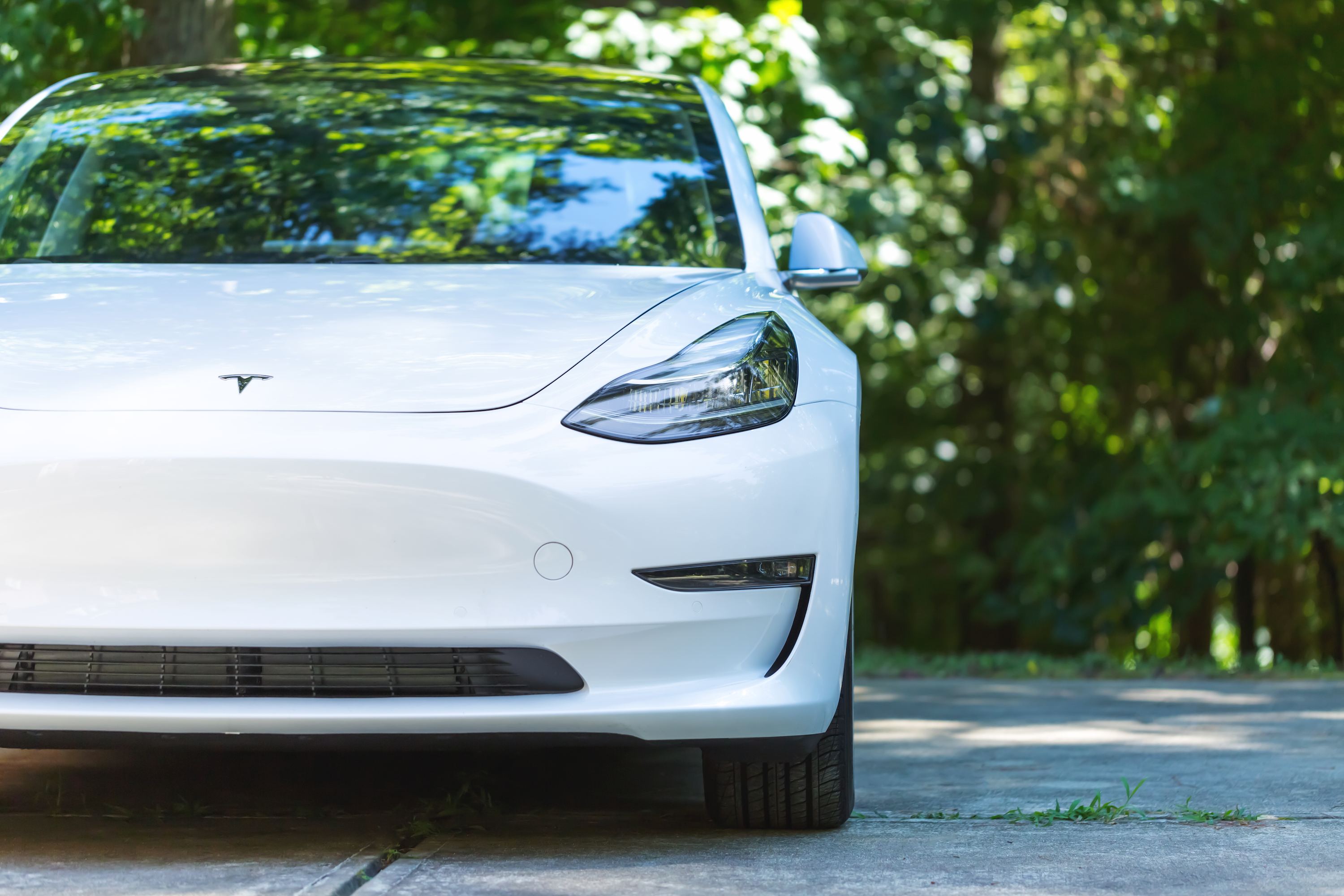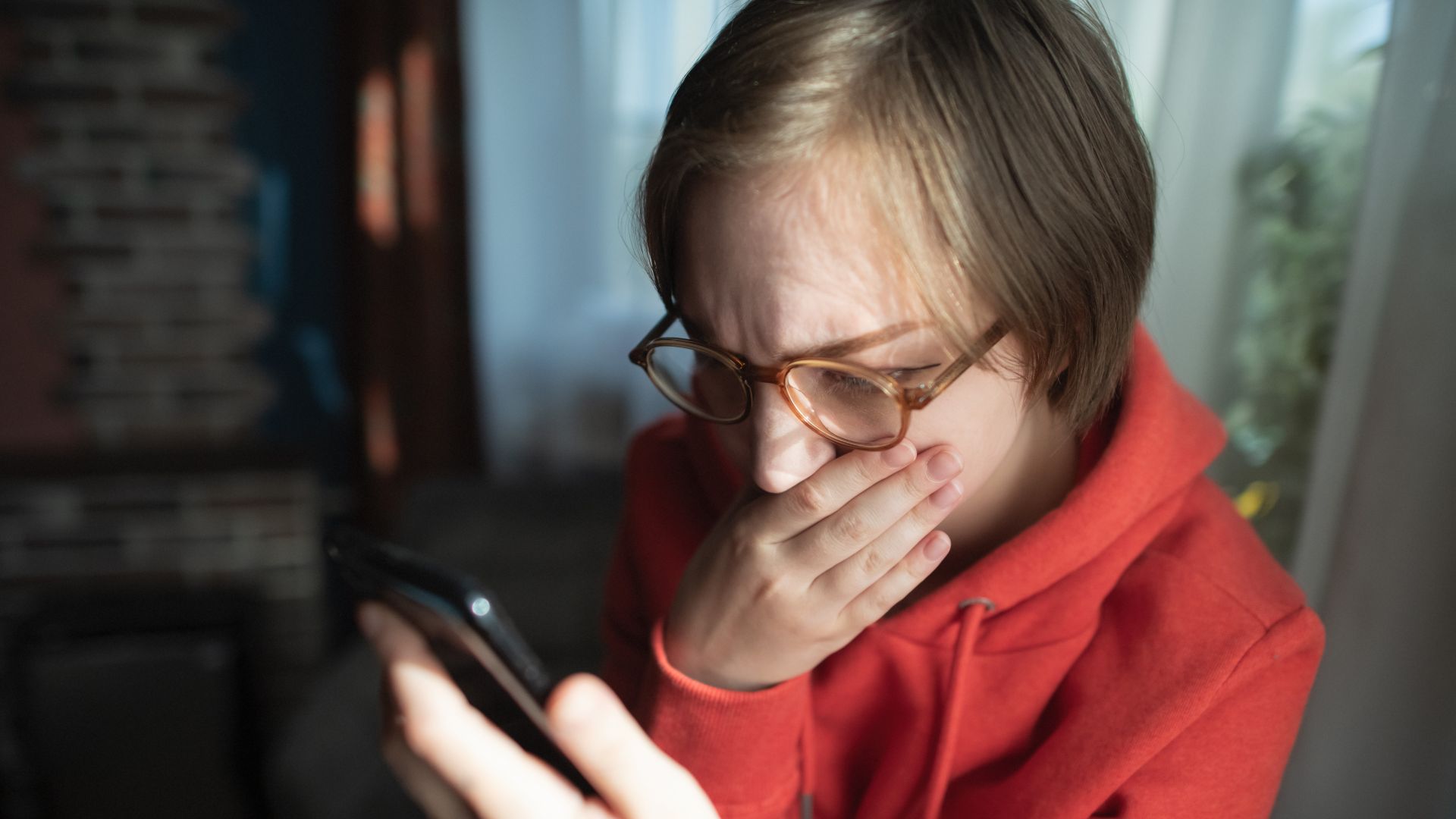Tesla double charged owners up to $70,000 — and customers are kind of upset
Tesla, Tesla, so good they charge you twice

Tesla has been reportedly double-charging some customers for their cars. A number of people claim to have been affected, with double payments being taken from $37,000 right up to $71,000. Affected owners have reported a range of responses from the company, but it appears getting a refund isn’t happening nearly as quickly as taking the money did.
CNBC has spoken to customers affected by the problem and has found a number of new owners who are experiencing severe financial difficulty after having their bank accounts wiped out by the error. Christopher T. Lee told the financial news station that the mistake had left him and his girlfriend “eating broke college kid food” while they wait for the money to be returned.
- The best electric cars right now
- Volkswagen changing name to Voltswagen — and new bus gets release date
- Plus: Google Maps just got a bunch of killer upgrades
Lee paid $56,578.63 for his Model Y, giving Tesla his bank’s routing and checking information. He was excited to collect his car, and in a video about the incident said he didn’t sleep the night before he took delivery. The next day, with the car in his drive, he logged in to check the money had been collected and discovered the mistake. In his video, he says he thought it was a bad dream and went back to sleep. When he woke, he realized that it was indeed a real-world nightmare, but one he was going to have to actually deal with.
In desperation, Lee even tweeted Elon Musk about it, but the multi-billionaire didn’t reply and Lee is stuck using more traditional methods of attempting to reclaim the $56,578.63 the company owes him. Lee says that given the chance to do it over, he would pay via check or in-person rather than using the in-app system.
Did I just get SCAMMED by TESLA???! https://t.co/Dij5tWw1gN @elonmusk #wheresmymoney #broke #cantpayrent #tesla #teslamodely #tesladeliveryMarch 27, 2021
The problem seems to stem from the fancy online ordering system for Tesla cars. The whole thing can take place pretty much entirely online. Customers can select and order their car and in some cases opt for a contact-free delivery where the car is brought to their home and they use the app to accept the vehicle, at which point payment is sent via electronic bank transfer or ACH.
Professional advice given to CNBC seems to be that your best bet would be to talk to your payment merchant, explain what happened and ask for the charge to be reversed. Indeed, Tesla told at least one owner to approach the problem this way. Payment processors are supposed to be able to detect and prevent duplicate payments but the system doesn’t seem to have worked for these customers.
Get instant access to breaking news, the hottest reviews, great deals and helpful tips.
Ian has been involved in technology journalism since 2007, originally writing about AV hardware back when LCDs and plasma TVs were just gaining popularity. Nearly 15 years on, he remains as excited as ever about how tech can make your life better. Ian is the editor of T3.com but has also regularly contributed to Tom's Guide.
